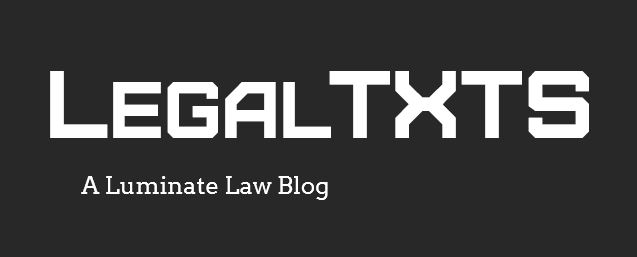Court refuses to order stop of automated process for delivering digital music tracks to music company — Appalseed Productions, Inc. v. MediaNet Digital, Inc., 2012 WL 2700383 (S.D.N.Y. July 6, 2012)
This case is a good reminder of the different types of copyright licenses it takes to run an online music service and what happens when there’s a failure to keep track of the licenses obtained for each song.
MediaNet provides content from its song catalog to third-party Internet music services like MOG and iMesh. End-users of the third-party services can access songs in different ways depending on their subscription — via full download, “limited” download (music downloaded to a device or hard drive can be played as long as the user remains a subscriber), or on-demand streaming. MediaNet works with record labels and other copyright holders to obtain the necessary licenses for each song, which vary depending on the delivery method used by the end-user. For limited downloads, a mechanical license is needed to copy and distribute the musical works embodied in the sound recordings. For songs that are streamed on-demand, a mechanical license and a performance license are needed for the musical works.
The record labels deliver digital music tracks to MediaNet through an automated process called “ingestion.” During ingestion, a record label delivers metadata about each track, including the delivery methods MediaNet is allowed to use with the track (streamed or downloaded). The record labels regularly use the ingestion process to add new digital music tracks to MediaNet’s servers or to refresh the metadata for tracks.
MediaNet allegedly distributed songs — in which the plaintiffs (including Larry Weiss of Rhinestone Cowboy fame) owned the copyrights — to third-party music services for limited downloading and streaming without obtaining the necessary licenses. The metadata indicating that the songs were not available for limited downloading or streaming apparently did not get transmitted to MediaNet during ingestion. When MediaNet learned this, it blocked access to the tracks to end-users. However, subsequent ingestions by the record labels reactivated access to the tracks. MediaNet then manually removed the songs from its catalog and adopted measures to guard against inadvertent reactivation.
Skeptical that illegal access to the tracks had stopped for good, the plaintiffs asked for a preliminary injunction to stop MediaNet from using an automated process to add content to its catalog and from distributing its catalog to customers. The court ultimately denied the injunction because the plaintiffs couldn’t show “irreparable harm,” a key requirement for an injunction. Irreparable harm refers to injury that cannot be remedied with monetary compensation. The plaintiffs basically argued that, without an injunction, they would have the burden of proving lost sales due to infringement. That was not irreparable injury in the court’s view. There was also evidence that MediaNet tracks the number of times songs are delivered via limited download and/or streaming. It also wasn’t enough to argue that the allegedly infringing conduct would likely continue without the injunction. The plaintiff’s still needed to prove irreparable harm, and they couldn’t do so. It didn’t help either that the plaintiffs waited about two and a half years after learning about the alleged infringement before seeking an injunction.
LegalTXT Lesson: The obvious legal lesson is that if you’re in the digital music business, make sure you have all the necessary licenses lined up for each song. There’s a technical lesson here too. Automated systems are only as good as their programming. MediaNet struggled with filtering the offending songs out of their catalog because of variations in the spelling and punctuation used in the track titles of the songs. MediaNet finally had to resort to a periodic manual search for the offending tracks. While that might be the most effective way of preventing infringement, it’s not all that efficient.
